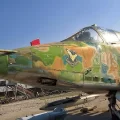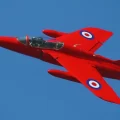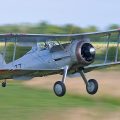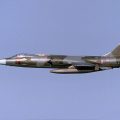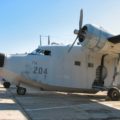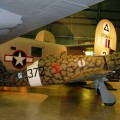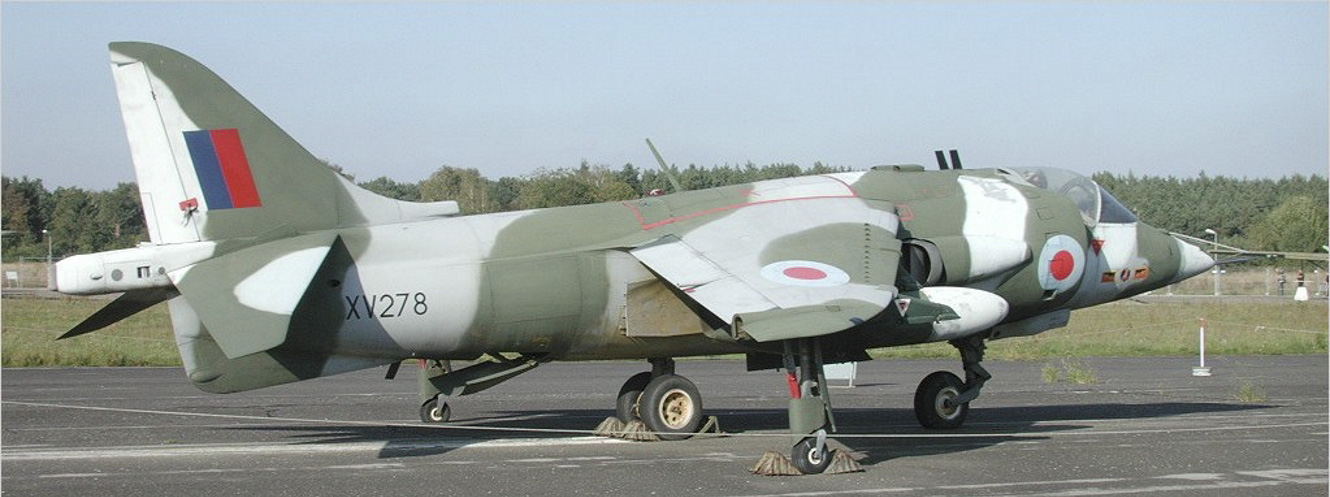
Hawker Siddeley P.1127 | |
| Land | Großbritannien |
| Typ | Experimentelles V/STOL-Flugzeug |
| Erstflug | 19. November 1960 (S.1127) – 7. März 1964 (Kestrel) |
| Gebaut | 6 S.1127s – 9 Turmfalken |
das Hawker P.1127 Und die Hawker Siddeley Kestrel FGA.1 sind die Versuchs- und Entwicklungsflugzeuge, die zum Hawker Siddeley Harrier führten, dem ersten vertikalen und/oder kurzen Start- und Landebomber (V/STOL). Die Entwicklung von P.1127 begann 1957 und nutzte die Entscheidung der Bristol Engine Company, in die Entwicklung der Pegasus Vectored-Thrust-Engine zu investieren. Die Tests begannen im Juli 1960 und bis ende des Jahres hatte das Flugzeug sowohl vertikalen Start als auch horizontalen Flug erreicht.
Quelle: Hawker Siddeley P.1127 auf Wiki
| Hawker XV-6A Kestrel Walk Around | |
|---|---|
| Fotografen | Wladimir Nikolajewitsch Jakubow |
| Lokalisierung | Virginia Air & Space Center, Hampton, VA |
| Fotos | 106 |
Zugehörige Kits:
| Hawker Siddeley P.1127 Harrier Walk Around | |
|---|---|
| Fotograf | Burhand Donke |
| Lokalisierung | Unbekannter |
| Fotos | 21 |
Finden Sie Kits bei eBay:
Siehe auch:
das Hawker Siddeley P.1127 was a British experimental jet aircraft developed in the late 1950s and early 1960s. It was the first aircraft to demonstrate the ability to take off and land vertically using vectored thrust from a single engine. The P.1127 was designed by Sir Sydney Camm and his team at Hawker Aircraft, with the assistance of the Bristol Engine Company and the Royal Aircraft Establishment. The P.1127 was powered by a Bristol Pegasus turbofan engine, which could rotate its four nozzles to direct the thrust either horizontally for forward flight or vertically for hovering.
The P.1127 had a conventional wing and tail configuration, but with small wingtip jets for lateral stability and control in hover mode. The P.1127 made its first tethered flight in October 1960, and its first free flight in November 1960. It underwent extensive testing and evaluation by both Hawker and the Royal Air Force, proving the feasibility and potential of vertical take-off and landing (VTOL) aircraft. The P.1127 was the precursor of the Hawker Siddeley Kestrel and the Harrier, which became the world’s first operational VTOL jet fighters.
Ansichten : 1592


